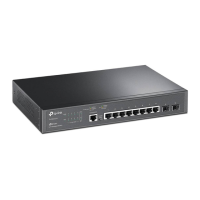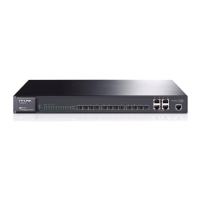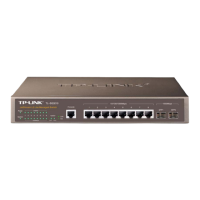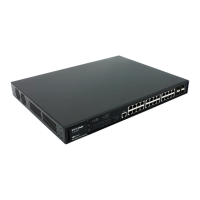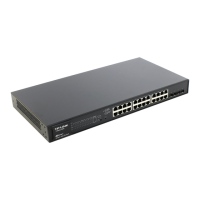19
Multicast address: An identifier for a set of interfaces (typically belonging to different nodes),
similar to an IPv4 multicast address. A packet sent to a multicast address is delivered to all
interfaces identified by that address. There are no broadcast addresses in IPv6. Their
function is superseded by multicast addresses.
Anycast address: An identifier for a set of interfaces (typically belonging to different
nodes). A packet sent to an anycast address is delivered to one of the interfaces identified
by that address (the nearest one, according to the routing protocols’ measure of distance).
The type of an IPv6 address is designated by the first several bits called format prefix. The
following table lists the mappings between address types and format prefixes.
Type Format Prefix (binary) IPv6 Prefix ID
Unicast
address
Unassigned address 00…0 (128 bits) ::/128
Loopback address 00…1 (128 bits) ::1/128
Link-local address 1111111010 FE80::/10
Site-local address 1111111011 FEC0::/10
Global unicast address
(currently assigned)
001 2xxx::/4 or 3xxx::/4
Reserved type
(to be assigned in future)
Other formats
Multicast address 11111111 FF00::/8
Anycast address
Anycast addresses are taken from unicast
address space and are not syntactically
distinguishable from unicast addresses.
Table 4-1 Mappings between address types and format prefixes
IPv6 unicast address can be classified into several types, including global unicast address,
link-local address, and site-local address. The two most common types are introduced below:
Global unicast address
A Global unicast address is an IPv6 unicast address that is globally unique and is routable
on the global Internet.
Global unicast addresses are defined by a global routing prefix, a subnet ID, and an
interface ID. Except for addresses that start with binary 000, all global unicast addresses
have a 64-bit interface ID. The IPv6 global unicast address allocation uses the range of
addresses that start with binary value 001 (2000::/3). The figure below shows the structure
of a global unicast address.
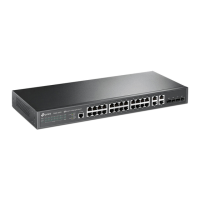
